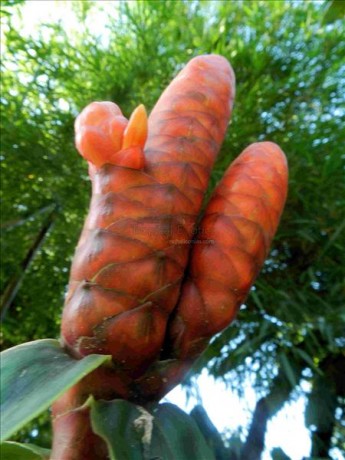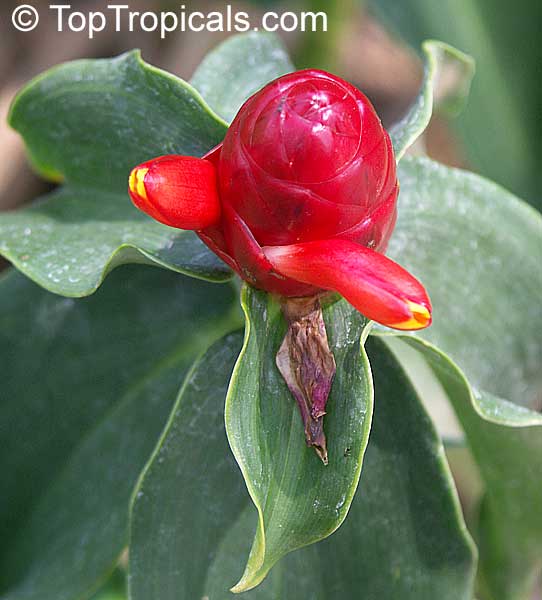


The commonalities of most of these uses are the edible rhizomes and the young shoots. Wherever you find a particular variety, you soon discover localized uses for that plant. Ginger, wherever it is grown natively, has an incredibly long history as a medicinal plant and a culinary one. A few cultivars contain useful quantities of this and can replace arrowroot starch.

Cooked like a vegetable, sliced and dried as well. Used to wrap food prior to steaming and/or boiling.

Many edible ginger varieties have spicy rhizomes, some taste terrible. Plant components that are often used are as follows. No plant should be considered edible until research and positive identification has taken place. There are many edible ornamental gingers, but there is no common part that can be used from all. Many of the plants have fantastic shows of long-lived flowers and are a food source for many birds and insects. There are species still undiscovered deep in the jungles, most likely. It consists of approximately 50 genera that make up over 1600 species. The ginger family Zingiberaceae is a pantropically distributed plant group that originates in the tropics of Africa, Asia, and the Americas, with their greatest diversity in Asia, particularly the southeast regions. After researching this article, we are now looking at adding several more. We live in the wet tropics of northeast Australia and have several of these gingers in our yard already. We suggest, for identification purposes, you copy and paste the botanical name you are researching into a new tab in your browser and select images. There is some length to this article, and so to help with the page loading speed, we have included a few images only. This article is about helping the gardener choose a variety of ginger that can provide some of the above attributes while being edible at the same time. Gingers are great landscaping plants that can provide privacy, cut flowers, shade, and spectacular colors.


 0 kommentar(er)
0 kommentar(er)
